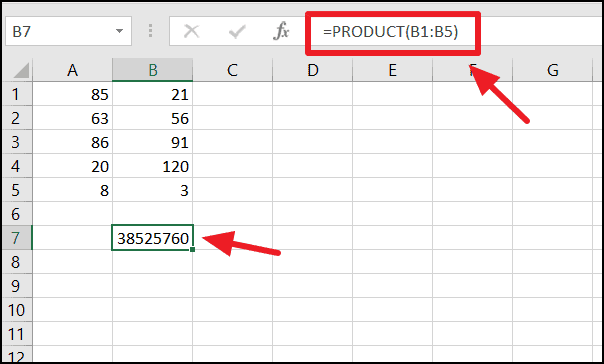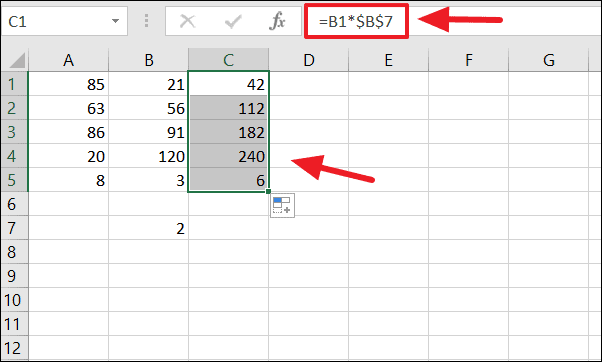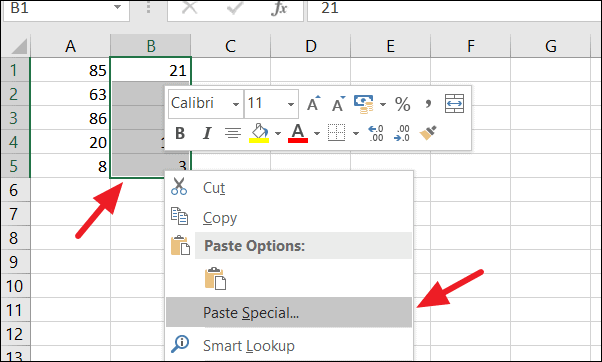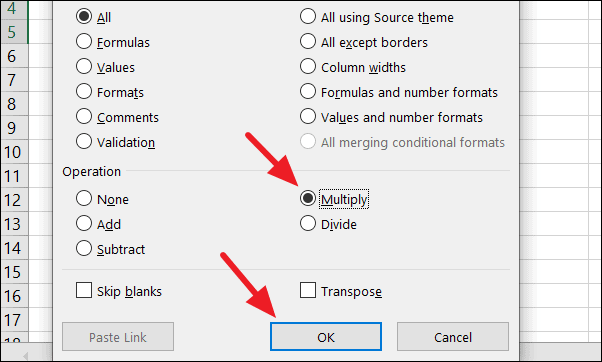Multiplication is a fundamental operation in Excel, essential for data analysis and computations. Whether you're multiplying numbers, cells, or entire ranges, Excel offers several methods to accomplish this efficiently.
Using the PRODUCT function to multiply in Excel
The PRODUCT function in Excel simplifies the process of multiplying multiple numbers, cells, or ranges. This function is particularly useful when dealing with large arrays of data, as it allows you to multiply a series of numbers without entering each one individually.
Step 1: Click on the cell where you want the result of the multiplication to appear.
Step 2: Enter the PRODUCT function by typing =PRODUCT( into the formula bar.
Step 3: Select the range of cells you wish to multiply. For example, to multiply the values in cells B1 through B5, select that range.
Step 4: Close the parentheses and press Enter. The formula should look like =PRODUCT(B1:B5), and the cell will display the product of the selected numbers.

Multiplying in Excel using the multiplication operator
Another common way to perform multiplication in Excel is by using the multiplication operator, the asterisk (*). This method is straightforward and allows you to multiply numbers, individual cells, or ranges directly in a formula.
Multiplying numbers directly
Step 1: Select the cell where you want the multiplication result to be displayed.
Step 2: Begin your formula by typing an equal sign (=), followed by the numbers you want to multiply, separated by the multiplication operator. For example, =5*10.
Step 3: Press Enter to calculate the result, which will appear in the selected cell.

Multiplying cells
You can multiply the values of cells by referencing them in your formula.
Step 1: Click on the cell where you want the result to appear.
Step 2: Type an equal sign (=) followed by the cell references separated by the multiplication operator. For example, to multiply the values in cells A1 and B1, enter =A1*B1.
Step 3: Press Enter to see the result of the multiplication in the selected cell.

Multiplying columns of numbers
To multiply two columns of numbers, you can use the same multiplication formula and then copy it down the column.
Step 1: In the first cell of your result column, enter the multiplication formula using cell references. For example, =A1*B1.
Step 2: Press Enter to calculate the result for the first row.
Step 3: Click on the cell with the formula result. Place your cursor over the small green square (the fill handle) in the bottom-right corner of the cell.
Step 4: Click and drag the fill handle down to copy the formula to the other cells in the column.


Multiplying multiple cells individually
To multiply several specific cells together, you can include each cell reference in your formula, separated by the multiplication operator.
Step 1: Select the cell where you want the result.
Step 2: Enter the formula with all the cell references. For example, =A3*B2*A4*B5.
Step 3: Press Enter to compute the product of the specified cells.

Multiplying a column by a fixed number
If you need to multiply an entire column of numbers by a constant value, you can use an absolute cell reference to lock the cell containing the constant.
Step 1: Enter the constant number in a cell, for example, in cell B7.
Step 2: In the first cell of the result column, enter the formula using the absolute reference for the constant. For example, =B1*$B$7, where $B$7 locks the reference to cell B7.
Step 3: Press Enter to compute the result for the first cell.
Step 4: Use the fill handle to copy the formula down the column to apply it to other cells.


If using absolute cell references seems complicated, you can achieve the same result using the Paste Special feature to multiply a column by a constant number without writing a formula.
Step 1: Enter the constant number in a cell, such as cell B7, and copy it by right-clicking and selecting Copy or pressing Ctrl + C.

Step 2: Select the range of cells you want to multiply (e.g., B1:B5), right-click, and choose Paste Special.

Step 3: In the Paste Special dialog, under Operation, select Multiply and click OK.

Excel will multiply each selected cell by the constant number, replacing the original values with the results.

By mastering these methods, you can efficiently perform multiplication tasks in Excel, enhancing your data analysis and spreadsheet calculations.


